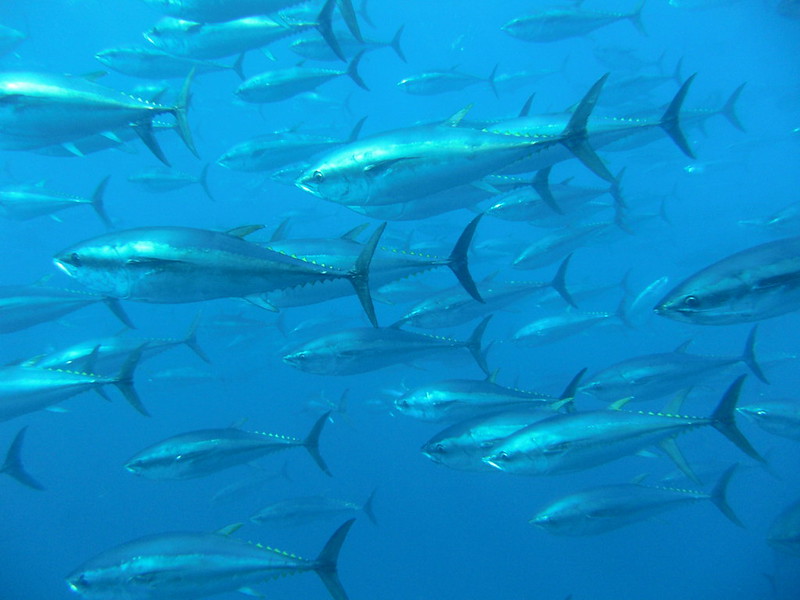Reactions: mercury concentration in tuna has not been reduced in the last decades
Mercury concentrations in tuna have remained stable between 1971 and 2022, even though emissions of this metal from human activities have decreased over the same period, a study says. 'Aggressive' emission reduction targets are needed to achieve measurable declines in concentrations of this pollutant, which is toxic for human health, the authors write in the journal Environmental Science & Technology Letters. The Minimata Convention on Mercury, a global treaty that entered into force in 2017, bans new mercury mines and includes provision to reduce mercury use, but mercury has already accumulated in the ocean 'for centuries', the article says.

Diego Romero - mercurio atún EN
Diego Romero
Lecturer in the Toxicology Department of the Veterinary Faculty of the University of Murcia
The presence of mercury in the marine environment has been of concern to scientists, administrations and consumers for decades. Many studies have shown the concentrations in different marine species and regions of the world, with the aim of warning about the health of marine ecosystems and human exposure through seafood.
The study by Médieu et al. shows the evolution of mercury concentration in some tuna species over more than five decades. It is a solid piece of work that has involved the review of numerous previous investigations and, in conclusion, calls on the authorities to take action to further decrease mercury concentrations in marine organisms. If this can be achieved, it will undoubtedly contribute to improving ecosystem and human health.
One of the most important reflections that can be read in the article refers to future changes in climate, as this may result in changes in the kinetics of methylmercury in food webs. It is therefore essential to continue studying the hydrodynamic characteristics and mercury concentrations in tuna and other fish species, but not only at the muscular level, but in all tissues, in order to know the bioaccumulation and biomagnification in important tissues and organs such as the liver, kidney or brain.
Spain is an important country in the aquaculture of Atlantic bluefin tuna (Thunnus thynnus), a migratory species but which is farmed (fattening), and for which the biological cycle has been closed in marine cages and land-based tanks. For this reason, efforts to investigate the importance of mercury in this species are all the more necessary.
Joan O. Grimalt - mercurio atún EN
Joan O. Grimalt
Research Professor at the CSIC, Department of Environmental Chemistry at the Institute of Environmental Diagnosis and Water Studies (IDAEA-CSIC)
This is an interesting study that shows that once the sea is polluted, recovery to previous levels is not so easy. The sea has a large capacity for storing pollution, so we can use it as a dumping ground without it being very noticeable a priori. However, precisely because of the large amount of pollutants it can store, when we want to go back, it is not so simple.
Enrique Rodríguez Marín - mercurio atún EN
Enrique Rodríguez Marín
Senior scientist
Fisheries biologist, specialist of the Atlantic bluefin tuna
Tuna, and in particular large tuna species, are apical predators that accumulate mercury because they occupy high levels in the food chain. They are therefore indicators of mercury concentration in the oceans, and especially in the food chain. Another factor to take into account is the harmfulness of mercury for human health, which is counterbalanced by selenium, whose concentration in tuna is also high.
The journal in which the study is published has a high impact factor and its first author has numerous publications on the subject.
Anaïs Médieu et al.
- Research article
- Peer reviewed



